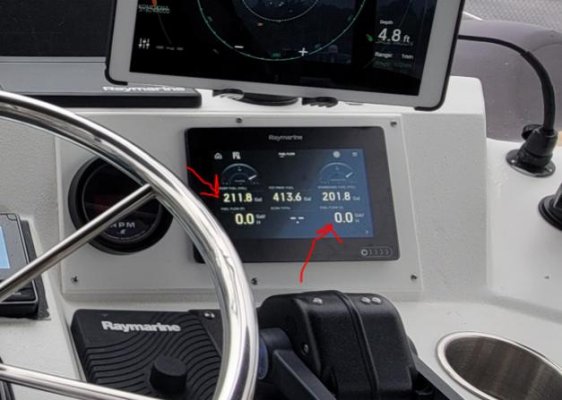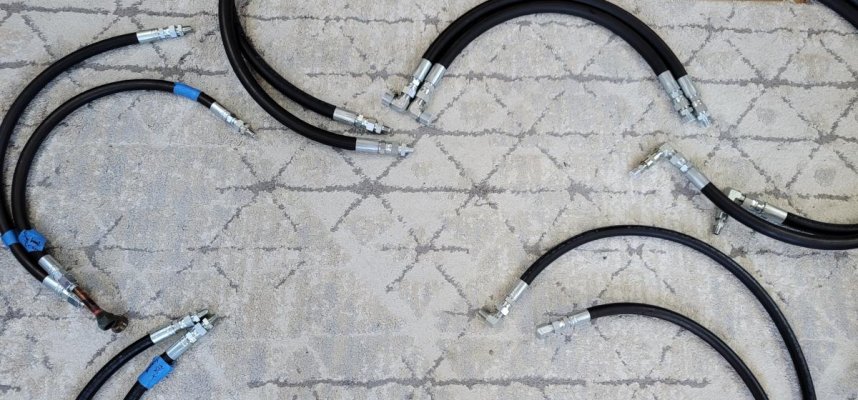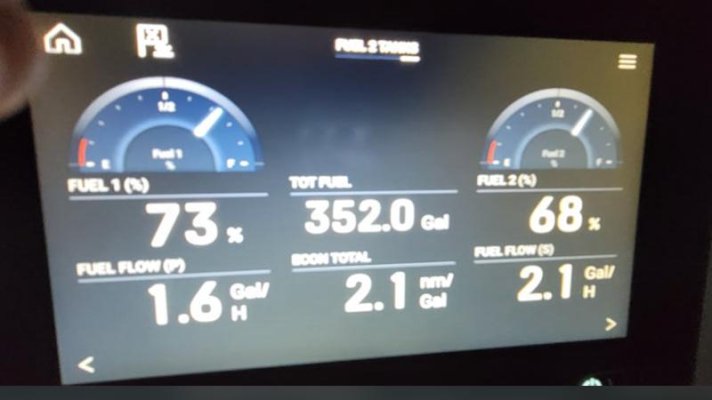Max1
Senior Member
- Joined
- Sep 14, 2021
- Messages
- 419
- Vessel Name
- Bermuda Belle
- Vessel Make
- Marine Trader 36 Sedan
Hi guys.
Just wondering if anyone has installed a fuel-flow meter in their fuel line to measure and monitor fuel flow while running their engine(s)
I would like to be able to see what my flow-rate is based on throttle settings in order to determine optimal power/thrust settings.
Has anyone tried this?
What fuel flow meters are out there that are diesel compatible?
I am aware that the flow rate may be questionable if your diesel injectors dump a lot of fuel into the return line.
Curious all the same.
Thanks.
Just wondering if anyone has installed a fuel-flow meter in their fuel line to measure and monitor fuel flow while running their engine(s)
I would like to be able to see what my flow-rate is based on throttle settings in order to determine optimal power/thrust settings.
Has anyone tried this?
What fuel flow meters are out there that are diesel compatible?
I am aware that the flow rate may be questionable if your diesel injectors dump a lot of fuel into the return line.
Curious all the same.
Thanks.




